Introduction
In an era where flexibility is key, the humble rubber hose stands as a testament to the power of adaptability. This article delves into the world of flexible rubber hoses, exploring their construction, types, manufacturing process, and applications. We'll unravel the science behind these seemingly simple tools, revealing their complexity and the critical role they play in various industries. From the intricacies of their design to their role in automotive systems, industrial processes, and even home gardening, we'll uncover the versatility and durability that make flexible rubber hoses an indispensable tool in our modern world.
Understanding the Basics of Flexible Rubber Hoses
Flexible rubber hoses, while seemingly simple, are complex products of science and engineering. These hoses consist of several key components: an inner tube that conveys the fluid, reinforcement layers for strength, an outer cover for protection, and couplings for secure attachment. Each component contributes to the hose's durability, flexibility, and overall performance. The inner tube is typically made of synthetic rubber, while the reinforcement layers can be synthetic fibres or steel wire braids. The outer cover guards against environmental elements and abrasion.
Types of Flexible Rubber Hoses
Flexible rubber hoses come in various types, each designed for specific applications. Industrial rubber hoses, made of durable materials, are used in heavy-duty applications like factories and construction sites. They can withstand high wear and tear and have a wider diameter for greater flow rates. Domestic rubber hoses, on the other hand, are designed for less demanding applications like home use. They are typically thinner and cheaper than industrial hoses. Other types include automotive hoses, fire hoses, and pneumatic/hydraulic hoses, each serving unique purposes in their respective fields.
Industrial Rubber Hoses
Rubber hoses are integral to various industries, including medicine, petroleum and mining, food, and chemical sectors. These industries heavily rely on rubber hoses for their processes. Depending on the application, these hoses can range from light to heavy-duty. The right hose for an industrial application depends on the job at hand and its material, size, and strength.
Automotive Rubber Hoses
Automotive rubber hoses play a crucial role in various systems, including engines, transmissions, steering, air conditioning, and braking. They are designed to withstand oil, grease, and high pressure. For instance, air brake systems often use rubber hoses with an oil and grease resistant tube made of nitrile (NBR), chloroprene, or a blend of NBR and styrene butadiene (SBR). Fuel hoses typically feature oil-resistant tubes of NBR, sometimes compounded with PVC. Radiator coolant hoses, often factory-molded into curves to fit specific spaces, use ethylene propylene (EPDM) due to its strong resistance to heat, hot water, and ethylene glycol.
Specialty Rubber Hoses
Specialty rubber hoses are designed for rigorous applications where standard hoses are not suitable. They are used in various industries such as steam, concrete and plaster pumping, sand blasting, chemical, food & beverage, and more. Custom designed and hand-built hoses in rubber are available for especially demanding applications. These hoses can incorporate built-in end fittings for superior retention. It's crucial to never use a hose to convey a material for which it is not designed or approved.
The Manufacturing Process of Flexible Rubber Hoses
The manufacturing process of flexible rubber hoses involves several steps. Initially, the inner rubber is extruded to ensure a smooth surface and uniform thickness. The hose is then air-dried, followed by the production of a reinforcement layer through a braided or spiral process. A rubber cover is extruded and a label is attached to protect the hose from corrosion and abrasion. The hose is then wrapped in a water cloth for protection during the vulcanization process. After vulcanization, the water cloth is removed and the hose is demoulded by water pressure. The final steps involve pressure testing, size testing, and packaging.
Materials and Components
Flexible rubber hoses are typically composed of three layers. The innermost layer, or 'tube', is formed from rubber to contain the fluid being conveyed. The second layer, known as the carcass, is a reinforcement made from fabric or wire to protect the tube from internal pressure and external forces. The third and outermost layer, the 'cover', provides additional protection from external damage and environmental deterioration. The lining and cover are manufactured from various types of rubber including natural, styrene butadiene (SBR), nitrile, butyl and EPDM. Typical reinforcement materials include cotton rayon, polyester, nylon, aramid fibers and steel wire.
Production Techniques
Rubber hoses can be manufactured using various techniques, including hand layup, extrusion, calendaring, spiral wrapping, and molding. Larger-diameter rubber hoses are normally made using spiral wrapping, while smaller-diameter rubber hoses are typically produced largely through extrusion. The rubber hose manufacturer explains that there are three hose layers: the tube, the carcass or reinforcement, and the cover. Each layer serves a specific purpose, from holding the fluid, providing reinforcement, to offering protection from external harm.
Quality Control and Testing
Rigorous testing is conducted for industrial hose applications, including those made of rubber. These tests are performed on both the product and its construction materials. The testing process considers various operating specifications such as pressure requirements, fluid compatibility, temperature limitations, and vibration profiles. Experts provide guidance on test methods and custom evaluations to support product development needs. This ensures the flexible rubber hoses meet the highest quality standards and perform optimally in their respective applications.
Benefits and Applications of Flexible Rubber Hoses
Flexible rubber hoses, also known as flexi hoses, are a popular choice in both DIY and professional plumbing due to their flexibility and ease of installation. They come in various sizes, shapes, and colors, making them suitable for complex pipe systems. Their adjustable length and watertight connections make them ideal for hard-to-reach places and preventing water leaks. However, they are not indestructible and can be prone to damage from cuts, abrasions, over-flexing, and exposure to extreme temperatures or harmful chemicals.
In Industry and Manufacturing
Industrial hoses, often made from flexible rubber, are crucial in various industries. Exhaust hoses, designed to withstand high temperatures and chemicals, safely ventilate hazardous gases. Breathing safety hoses, made from materials like nitrile or EPDM, meet standards for industrial breathing applications. Material transfer hoses are used to move large amounts of small material, requiring abrasion resistance and flexibility. Drain hoses, made from durable materials like EPDM, carry wastewater from equipment, resisting chemical damage. Lastly, boots, sleeves, and covers protect moving parts and workers, offering cost-effective safety solutions.
In Automotive and Transportation
Automotive hoses are rubber hoses used in various automotive applications. They can be used for carrying fluids, ventilation, and exhaust. Pneumatic hoses, another type of rubber hoses, are used to carry air, while hydraulic hoses are used to carry fluids. Both types of hoses are used in a variety of applications, including automotive, industrial, and construction. The flexibility and durability of these hoses make them ideal for use in the automotive and transportation industry.
In Home and Garden
Garden hoses are a common application of flexible rubber hoses in home and garden use. They are appreciated for their durability and flexibility. For instance, a high-quality 5/8-in x 50-ft Premium-Duty Rubber Hose is easy to maneuver around land or furniture and doesn't kink easily due to its sturdy material. A 50-Foot Premium Heavy-Duty Rubber Garden Hose is fit for commercial use, yet not too heavy, even when filled with water. These hoses demonstrate the power of flexibility and the practical benefits of using rubber hoses in the garden.
Maintenance and Safety Tips for Flexible Rubber Hoses
Safety hoses, often made from sturdy materials, require proper use and maintenance to ensure their lasting performance. Improper use can lead to safety hazards and premature failure. It's crucial to check markings and identification before use. Despite their durable design, certain operational tips can help maximize their service lives. Storage is also important, as factors like humidity, temperature, oils, and solvents can affect hoses, especially those made of rubber. Proper care can prevent debris or microbial accumulation, which can hinder material conveyance over time.
Proper Usage and Handling
Proper usage and handling of flexible rubber hoses start with the right selection for the intended application. Before use, it's crucial to check the hose's condition and verify its compatibility with the application by referring to the technical data sheet. Proper storage is also key, ensuring the hose is kept in optimal conditions before use. Regular maintenance, including periodic hydrostatic tests to verify integrity, is essential. In case of any detected anomalies, the hose should be replaced promptly.
Routine Inspection and Maintenance
Maintaining your flexible rubber hoses is crucial for their longevity. Regular cleaning of your engine can prevent dirt and oil buildup, which can cause hose leaks. Using an engine protectant every few months keeps your hoses flexible and prevents cracking. It's also important to keep the insides of your hoses clean by changing your fluids regularly and using engine cleaners. Heat can damage rubber, so ensuring your coolant system is functioning well is key. Regular checks on hose clamps are also necessary as a long-lasting hose may outlast its fasteners.
Safety Measures
Safety is paramount when using flexible rubber hoses. Always use the hose within the recommended temperature and pressure range. When applying pressure, switch valves slowly to avoid impact. Ensure the hose is used at or above the bending radius to prevent breakage and reduced pressure resistance. Avoid extreme bending near metal parts and keep the hose away from open fire. Never allow vehicles or other heavy objects to press on the hose. These precautions will help maintain the integrity and longevity of your flexible rubber hose.
Conclusion
In conclusion, flexible rubber hoses are a marvel of engineering, offering a blend of durability, flexibility, and adaptability that is hard to match. Their diverse applications, from industrial processes to home gardening, are a testament to their versatility. The manufacturing process, while complex, ensures a product that can withstand a variety of conditions and uses. However, like any tool, they require proper handling and maintenance to ensure their longevity. By understanding their construction, applications, and care requirements, we can maximize their potential and ensure their effective use. Thus, the power of flexibility, as embodied by rubber hoses, continues to drive our industries and simplify our lives.


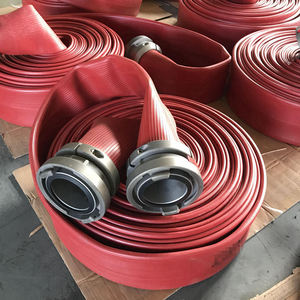

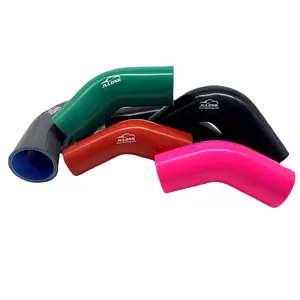



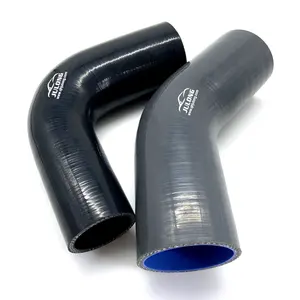


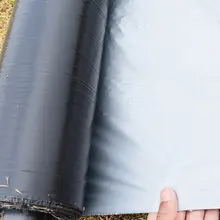

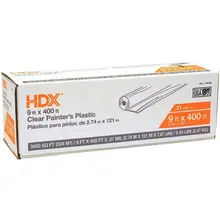




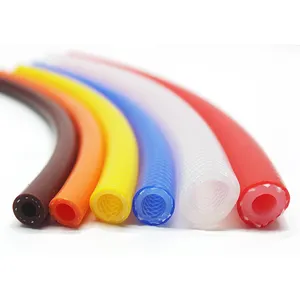

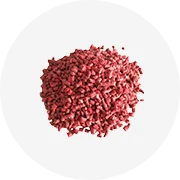
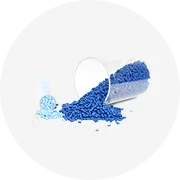
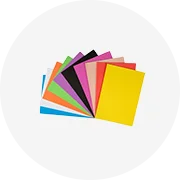
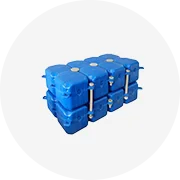
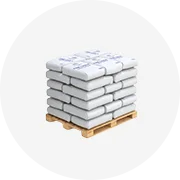

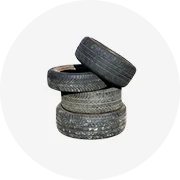
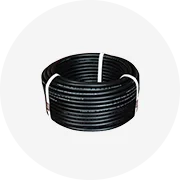

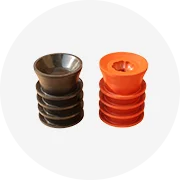








 浙公网安备 33010002000092号
浙公网安备 33010002000092号 浙B2-20120091-4
浙B2-20120091-4